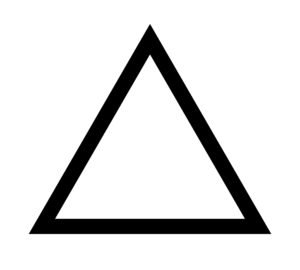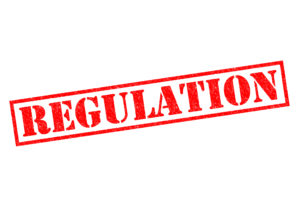A topographic map can provide a large amount of valuable information if it is used properly.
The following are six steps for how to properly read a topographic map.
1) Find the legend.
2) Locate your property.
3) Identify any known structures, roads, and parking areas.
4) Read the contours.
5) Determine existing woods areas, floodplain boundaries, and wetlands boundaries.
6) Identify any other existing conditions features.
1. Find the Legend
The map you are looking at should have a legend that you can use to determine the meaning of the various line types and symbols that will be found on the map.
2. Locate Your Property
If you are using topographic map that covers an area much larger than the property you have an interest in, the next step would be to locate your site on the map. You can use known existing roads as a reference for locating your site.
3. Identify Any Known Structures, Roads, and Parking Areas
Once you know where your property is located, you can use the topographic map to identify structures, roads (including driveways and bridges), and parking areas either within your site or in the surrounding areas. The structures could include buildings and retaining walls.
4. Read the Contours
To get an idea of how steep the land on your property is and how stormwater currently drains, you would want to read the existing contours. These lines will tell you the elevations of the ground throughout the property and the surrounding areas.
5. Determine Existing Woods Areas, Floodplain Boundaries, and Wetlands Boundaries
You can determine the existence of existing woods lines, floodplain boundaries, and wetlands boundaries using the legend and labels that could be on the plan itself.
6. Identify Any Other Existing Conditions Features
The next step would be to identify any remaining existing conditions features such as utilities, storm drainage systems, and culverts.
A Valuable Source of Information
A topographic map can be a valuable source of information if it is used in the right way. Otherwise, all you would have is something with a bunch of lines and symbols that do not represent anything in particular.
Related: What Is a Topographic Map and How Is It Useful?
Related: 11 Common Parts of a Topographic Map
Related: Recommendations for Topographic Maps



